Chlorophytum comosum (also known as spider plants, spider ivy, airplane plant or ribbon plant) is an incredibly prolific species of plant. Once they reach maturity, they start to grow long wiry stems that produce many plantlets. If your spider ivy has begun growing spider plant babies, this is fantastic news!
These spiderettes can be easily propagated and grown into young plants. If you’re not sure what these babies may mean for your plant or how to care for them, you’ve come to the right place.
Here is everything you need to know about baby spider plants and spider plant propagation.
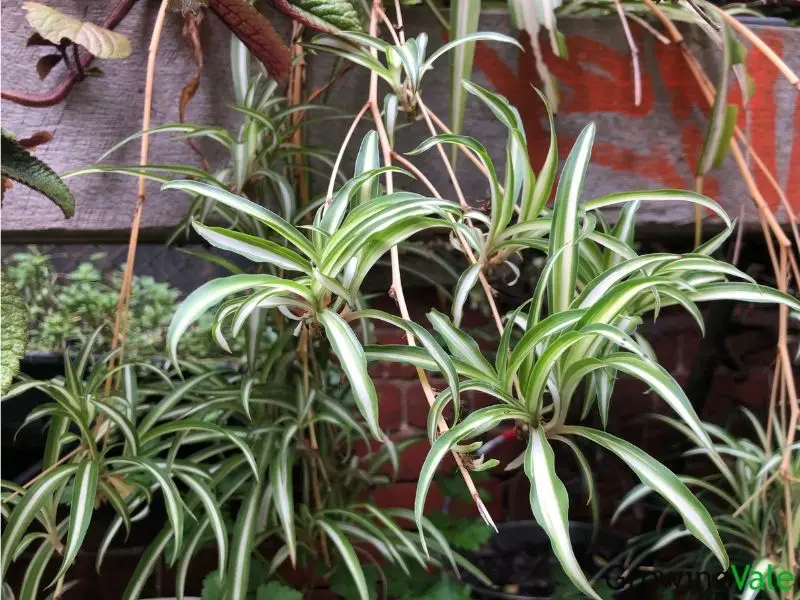
What Are Spider Plant Babies?
Spider plant babies, otherwise called spiderettes or plantlets, are offshoots of the mother plant. They grow off of long, arching plant stalks and sometimes grow from the plant’s unpollinated flowers.
Spider ivy can grow these babies when they have reached maturity and are living in optimal conditions. Great sun exposure, temperature, humidity, water, and fertilizer can all enhance your plant’s likelihood of growing spiderettes.
These plant babies are typically produced during the spring and summer. They have a greater chance of survival if they are propagated correctly. Thankfully, this process is exceptionally easy!
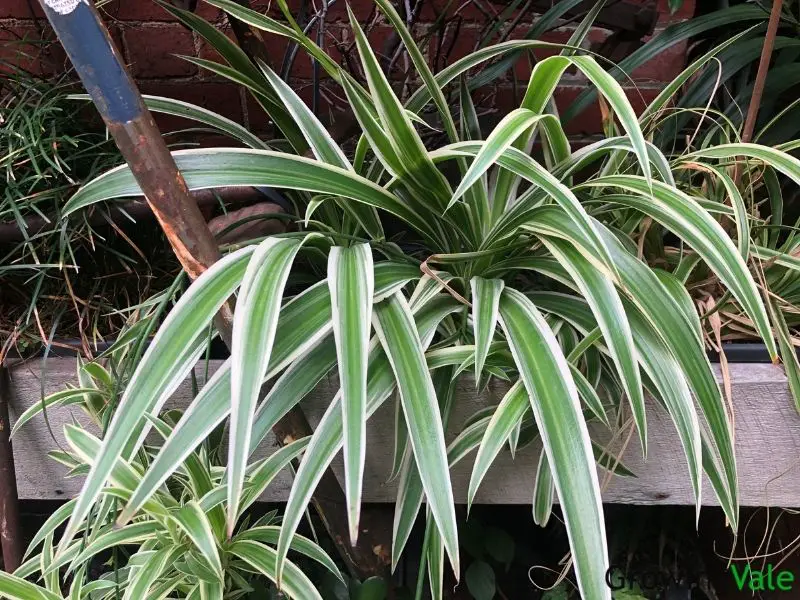
Spider Plant Not Growing Babies
If your spider ivy has reached maturity but is not reproducing any spiderettes, this could be due to a few different reasons.
First and foremost, make sure the plant is getting a consistent stream of bright indirect sunlight, water once a week, and fertilization during the summer. If spider ivy is cared for with an excellent plant care routine, the chances of them producing babies are extremely high.
Airplane plants that can’t seem to grow babies are usually sitting in a pot that is too small. If the roots are too pot-bound, they will have a hard time producing new runners. Once you notice roots coming through the bottom of your pot, repot your plant into a container one to two inches larger.
If none of these solutions work, check the soil for root rot. When the plant is living in the soil that is too wet, permanent root damage can stop plant growth altogether. If the soil feels soggy instead of damp, it’s time to repot your airplane plant and get it healthy again.
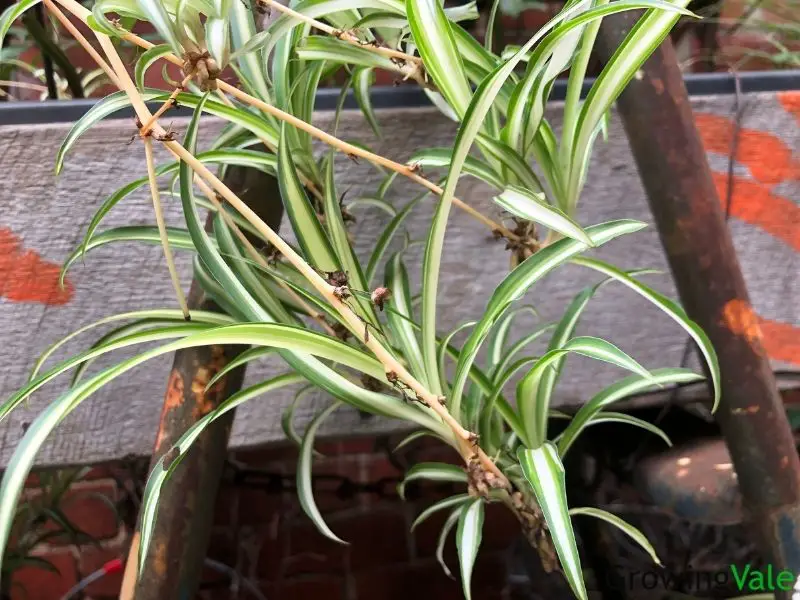
How to Propagate Spider Plant
Method One: Rooting in Soil
Rooting your spiderette in soil is one of the easiest methods. The process requires very little time and effort. When done correctly, you should start to see healthy plant growth quickly.
- Step 1: Look for a spiderette with a white smooth node at the base of it and cut it directly from the stem. You can either use sanitized scissors or your hands. Try not to damage the plantlet or the stalk.
- Step 2: Using your thumb, create a small indent in the soil of your new plant baby’s pot.
- Step 3: Place the baby directly on top of the indent. You can root more than one spiderette in a pot if you’re looking to grow a fuller and bigger plant.
- Step 4: Water your spiderette right away and watch it grow into a marvelous mature plant!
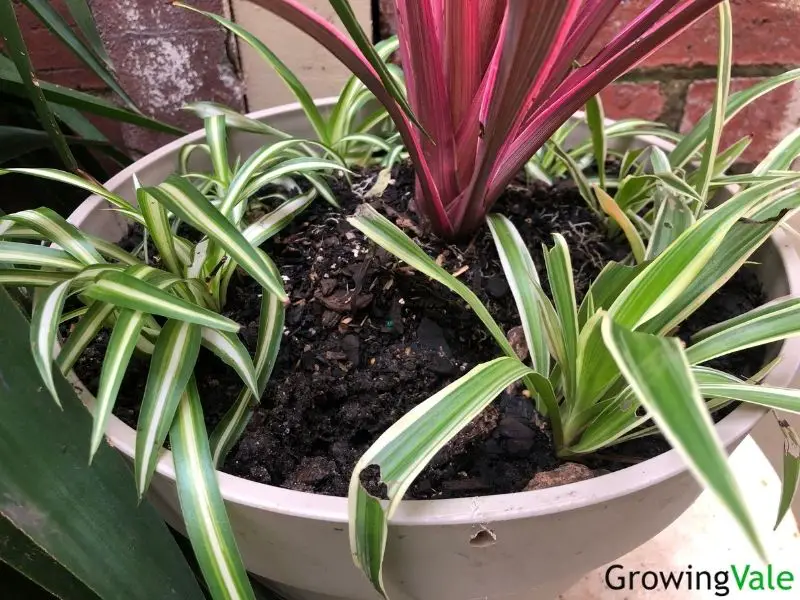
Method Two: Rooting in Soil w/ Mother Plant
You can also root plantlets in soil while they are still attached to the mother plant. This is a great method because it ensures that your plantlet is getting a good amount of nutrients.
- Step 1: Keep the plant baby attached to the mother plant and lay it into a pot with fresh soil.
- Step 2: Let the spiderette grow until its roots attach to the soil (roughly two weeks).
- Step 3: Cut the plant baby away from the mother plant.
- Step 4: Water it and witness it turn into a full, beautiful plant!
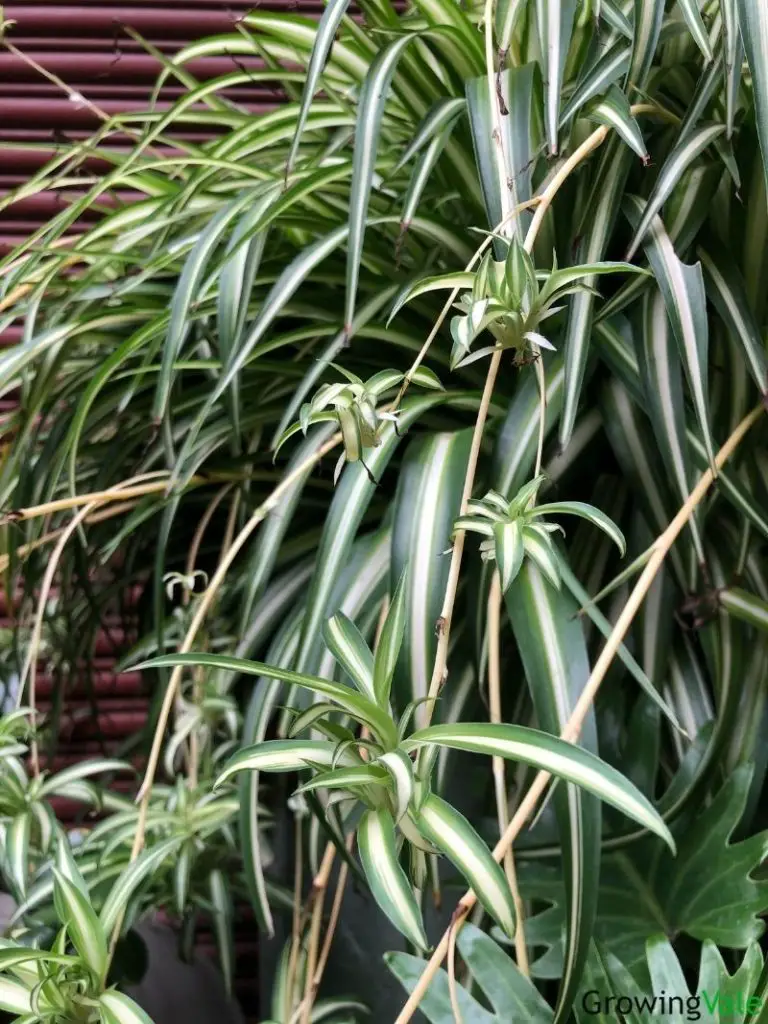
Method Three: Rooting in Water
Rooting in water seems to be a popular choice for propagation. This is likely because many plant enthusiasts want to actually see the roots of their spiderettes grow.
- Step 1: First, cut the runner as close to the main plant as possible making sure you are not damaging the stem or the plantlet.
- Step 2: Then find a glass cup and fill it with water, preferably filtered water, and place your spiderette on the top of it.
- Step 3: Watch your spider plant baby grow for about two to three weeks.
- Step 4: Once the roots are one to two inches long, pot the plant.
Method Four: Rooting in a Bowl
The last method, rooting the plant baby in a bowl, is another great method if you want to physically observe the plantlet roots grow. This way you can make sure they are growing at a strong rate.
- Step 1: Just as methods one and three, carefully cut your chosen spiderette off of the stem.
- Step 2: Place the plantlet into a bowl with a damp piece of paper towel laying on the bottom of it.
- Step 3: Let it grow for about two weeks misting frequently so that the plant doesn’t lose too much moisture.
- Step 4: Pot the plantlet into a small container with fresh soil and water it immediately.
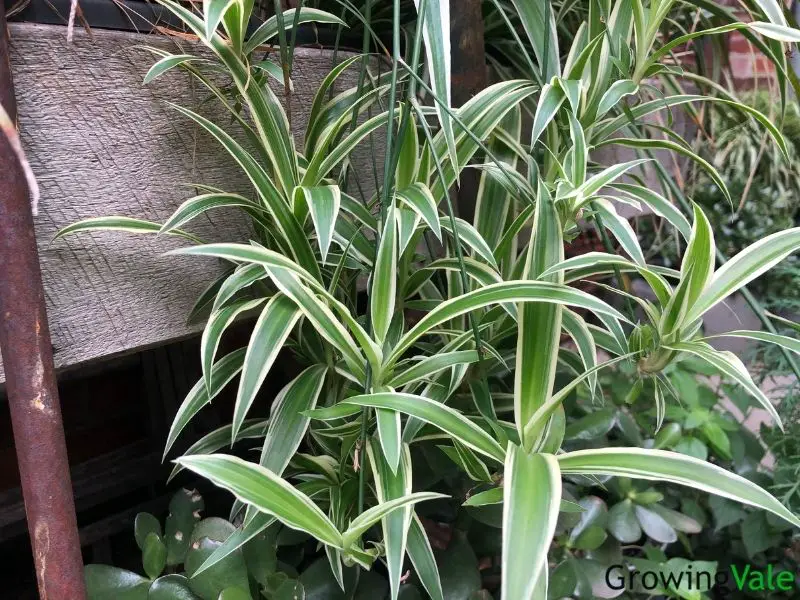
FAQs
When should I cut the babies off my spider plant?
You can cut the spiderettes off of your airplane plant if you want to keep the plant at a more manageable size. Although you don’t necessarily have to cut these plantlets off, occasional pruning is important for plant maintenance and health.
When can you remove spider plant babies for propagation?
You can remove spiderettes from their mother plant once their roots are one to two inches in length.
How long does it take for a spider plant to grow babies?
An airplane plant will start to grow babies when it is mature. This journey can take anywhere from two to five years.
Where do you cut spider plant babies?
Spiderettes can be cut directly from the stalk of the plant. Cut just below the base of the plantlet without cutting too much of the stem.
Why won’t my spider ivy make babies?
Your spider ivy may not be making babies if the plant is in too small of a pot or if the mother plant is not living in healthy conditions.
How long does it take to propagate a spider plant in water?
Rooting in water takes anywhere from one to three weeks.
Also check our guides:
- Best fertilizer for spider plants
- Spider plant problems
- Are spider plants toxic to cats?
- Spider plant blooms

